


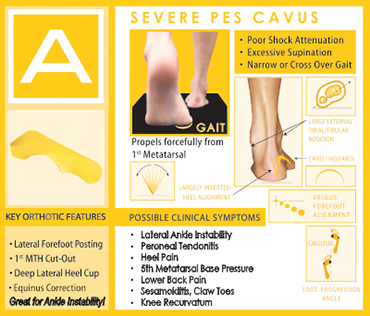
The A QUAD Foot-Type is commonly thought of as an over-supinated or severe Pes Cavus foot. This condition, also known as a Torque Foot, occurs when a Uncompensated Rearfoot Varus is coupled with a Large Rigid Forefoot Valgus.
We fondly refer to this foot-type as our "chandelier shakers"! Why? Because this foot-type loads heavily on the ground and never seems to pronate, leading to poor shock attenuation.
The development of heel and lower back pain is common. The torque foot nature of this foot-type allows the valgus forefoot to offset the uncompensated inverted heel alignment that would normally lead to a toe out gait pattern (see C Quad foot-type). Overall, the foot progression angle for this person is such that the feet point relatively straight ahead during gait (no toe out) with a narrow base of support, much like a tight rope walker.
All Quadrastep Orthotics are available in Regular and Narrow Widths, and with a topcover an an additional charge. For more information see Customized Orthotics.
LIST OF RECOMMENDED SHOES BY QUAD
(Please refresh your browser often)
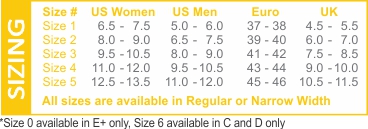
Having trouble selecting a Foot Type? Try our Easy Foot Typing Tool
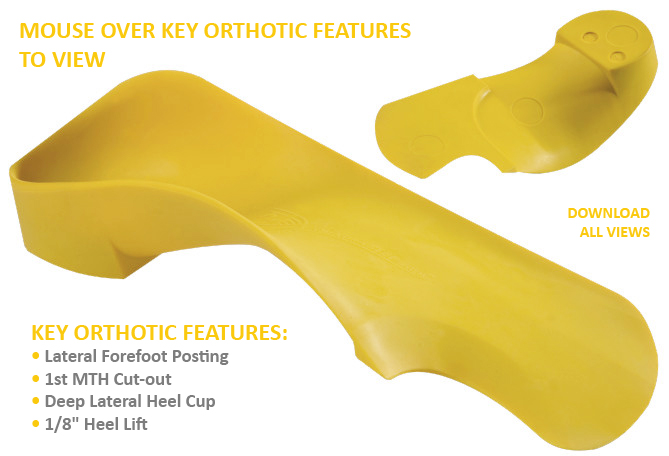
• Lateral Ankle Instability
• Peroneal Tendonitis
• Heel Pain
• 5th Metatarsal Base Pressure
• Lower Back Pain
• Sesamoiditis, Hammer Toes
• Knee Recurvatum
• Poor Shock Attenuation
• Excessive Supination
• Narrow or Cross-over Gait
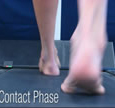 CONTACT
CONTACTPHASE |
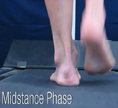 MIDSTANCE MIDSTANCEPHASE |
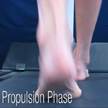 PROPULSION PROPULSIONPHASE |
| MOUSE OVER THE PHASE FOR DETAILS OF THE A QUAD GAIT |
||

Copyright ©2008-2024 Copyright QUADRASTEP SYSTEM® • Nolaro24™ LLC. All Rights Reserved
